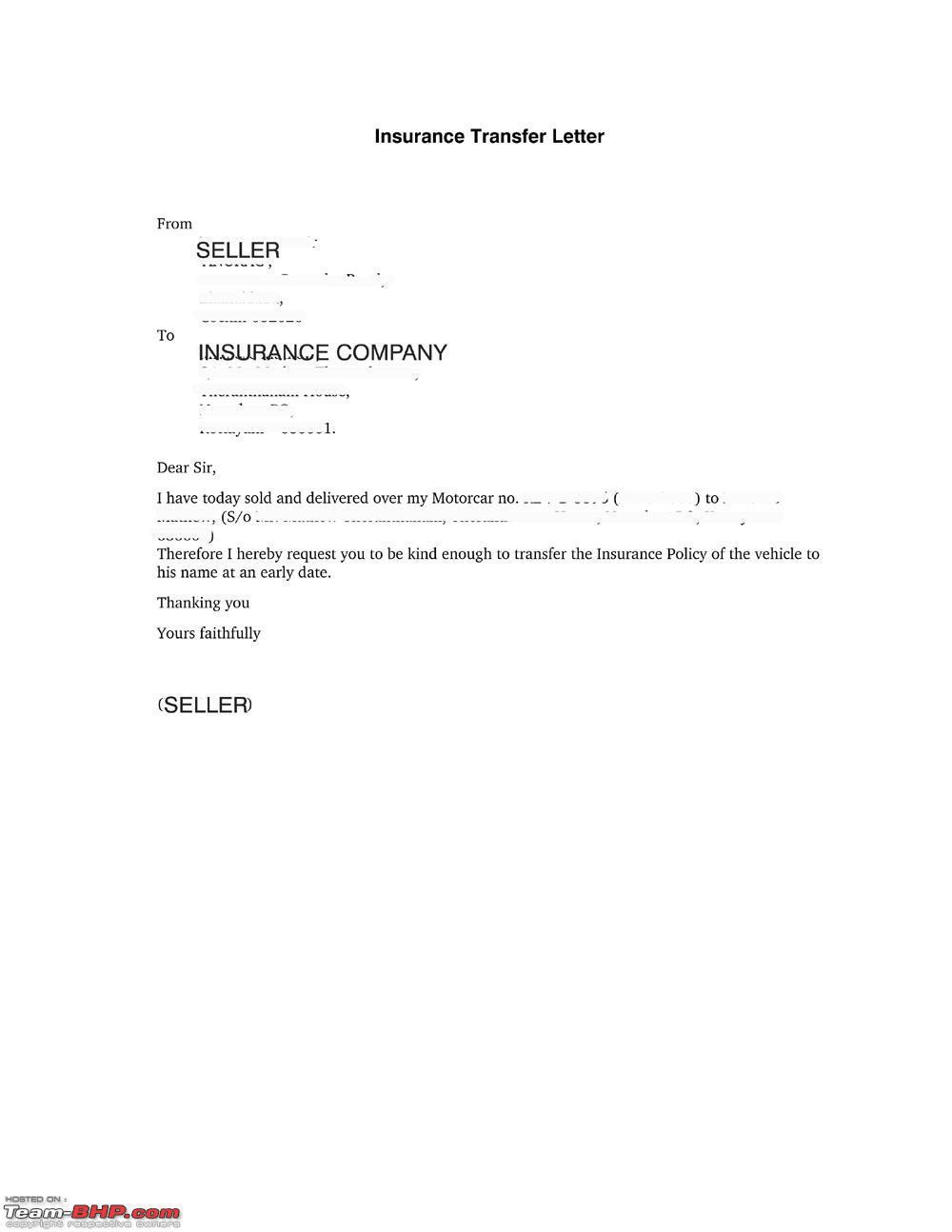
Supreme Court Bans BS III Vehicles: Ten Things For You To Know
- The sale of BS III vehicles has been banned post 1st April 2017
- Industry had petitioned to loosen the deadline on 20th March 2017
- 8.24 lakh vehicles have been affected due to this ban
The Supreme Court of India banned the sale of any Bharat Stage III or BS III vehicles across India, with effect from the 1st of April two thousand seventeen and we have already told you how the auto industry feels about the ban and the consequent discounts on unsold BS III two-wheelers.This is in accordance with the government deadline to adopt the fresh emissions cycle pan-India. The fact remains that the companies are doing whatever they can to sell the BS three versions of vehicles and in fact from what we have heard the deals are working as dealers expect ninety per cent of the stock to be sold. Now here’s everything else you need to know about the ruling of the apex court:
- The Supreme Court has directed the Indian automobile industry to stop the sale and registration of any Bharat Stage III vehicle from April one 2017. This in effect puts an end to the controversy around the topic that has been furious since January this year.
- India’s top court has asked the affected vehicle manufacturers to use the remaining days in March to attempt and sell any inventory of the BS III vehicles. Some of the manufacturers have said it may be unlikely to do so, and will now seek to either recall and upgrade these vehicles or seek to export them to markets where existing emission norms would still make them viable.
- The Court has said ‘the health of the people is far, far more significant than the commercial interests of the manufacturers or the loss that they are likely to suffer.’ The budge has been celebrated by environmentalists and the EPCA – which had even called for a meeting with the auto industry in October two thousand sixteen to assess the industry’s readiness to stir to BS IV across India.
- After the industry had petitioned the court to ease off the deadline, on March twenty 2017 it had asked auto players to submit details of the BS three inventory they held collectively. Numbers submitted by the SIAM (Society of Indian Automobile Manufacturers) demonstrate that it stands at 8.24 lakh vehicles (0.96 lakh Commercial Vehicles, 6.71 lakh Two Wheelers, 0.40 lakh Three Wheelers and a mere 0.16 lakh Passenger Cars.)
- While the top thirteen cities in the county had moved to BS IV in 2010, the rest of India needed migrate to the fresh norms in phases – the last of which sees accomplish adoption by April this year.
- The government notification issued in March two thousand fourteen had also stated that any ‘new models’ coming to market will need to be BS IV compliant if launched after April one 2016. The automobile industry has delivered on that front, and we have seen the introduction of many fresh BS IV compliant car and bike models in two thousand sixteen as a result. The notification further stated that all exiting models must also transition to BS IV by April one 2017 – the root of today’s ruling. Some players like Maruti Suzuki, Hyundai, and Bajaj had moved their entire portfolio (including existing models) to BS IV well before the 2nd deadline.
- Citing an inventory pile-up in its dealer and distributor pipeline, many others in the auto industry had asked for an extension of the deadline on sales of already manufactured BS III vehicles – while assuring that production of said vehicles would end by March thirty one 2017. The court refused to provide this caveat and has now asked them to honour the letter of the law and carry out a finish transition – which of course also means stopping the sale and registration of such cars, bikes, three wheelers and trucks.
- The ban on BS three vehicles is on the manufacture and sale of fresh vehicles – and in no way affects vehicles you may have already purchased and are presently using. This also applies to vehicles that may be booked and invoiced, and not as yet delivered to actual individual buyers.
- Car and bike owners are also free to sell their existing BS III vehicles in the second-hand market, and also buy a used BS III vehicle. The ban is only on brand fresh vehicles.
- A pan-India transition to BSIV has also meant an upgrading of fuel quality from BS III to BS IV. Since the latter is now available across India, you need not worry about using BS IV fuel in older vehicles. This has been tested and proven already in the case of the thirteen big cities like Delhi, Mumbai, Chennai, and Bengaluru that had moved to BS IV in 2010.
For the latest auto news and reviews, go after CarAndBike on Twitter, Facebook, and subscribe to our YouTube channel.